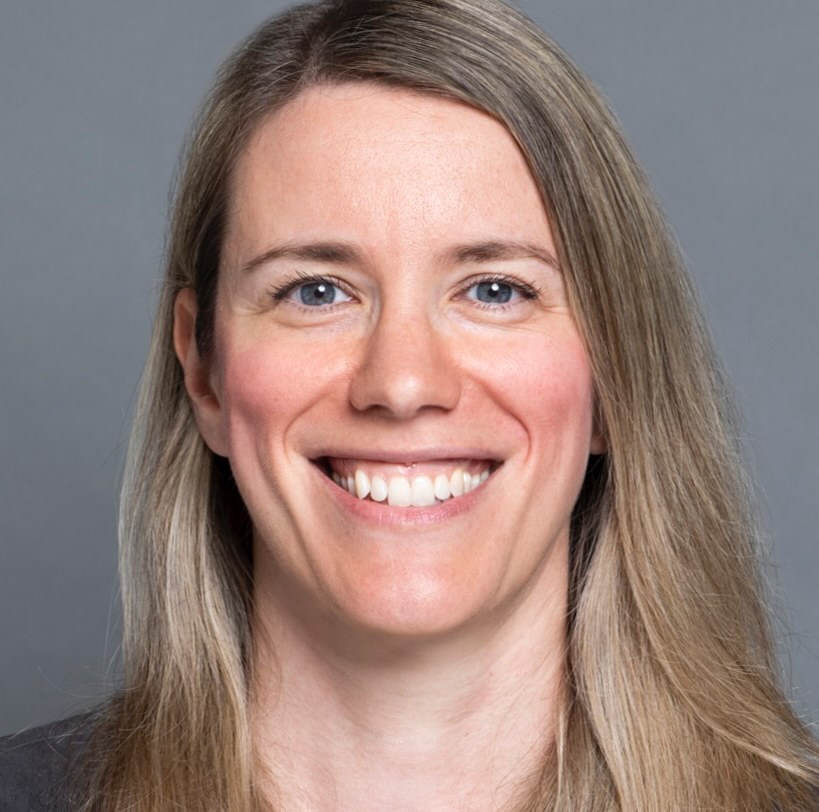Cited By
View all- Demoly FAndré J(2024)4D Printing: Bridging the Gap between Fundamental Research and Real-World ApplicationsApplied Sciences10.3390/app1413566914:13(5669)Online publication date: 28-Jun-2024
- Huang ZLiu SFu X(2024)High-order shape interpolationComputer Aided Geometric Design10.1016/j.cagd.2024.102301111(102301)Online publication date: Jun-2024
- Kong FShadden S(2023)Learning Whole Heart Mesh Generation From Patient Images for Computational SimulationsIEEE Transactions on Medical Imaging10.1109/TMI.2022.321928442:2(533-545)Online publication date: Feb-2023
- Show More Cited By


